 Shutterstock
Shutterstock
Dogs, like humans, spend a significant portion of their lives sleeping—around 12 to 14 hours a day on average. However, their sleep habits are filled with quirky behaviors that can be both amusing and fascinating. From napping in unusual positions to seeking out the coziest spots in the house, dogs have unique ways of resting. Understanding these sleep habits not only helps us care for our dogs better but also allows us to appreciate their strange, yet lovable, routines as they recharge and relax in their special way.
They Sleep in Some Weird Positions
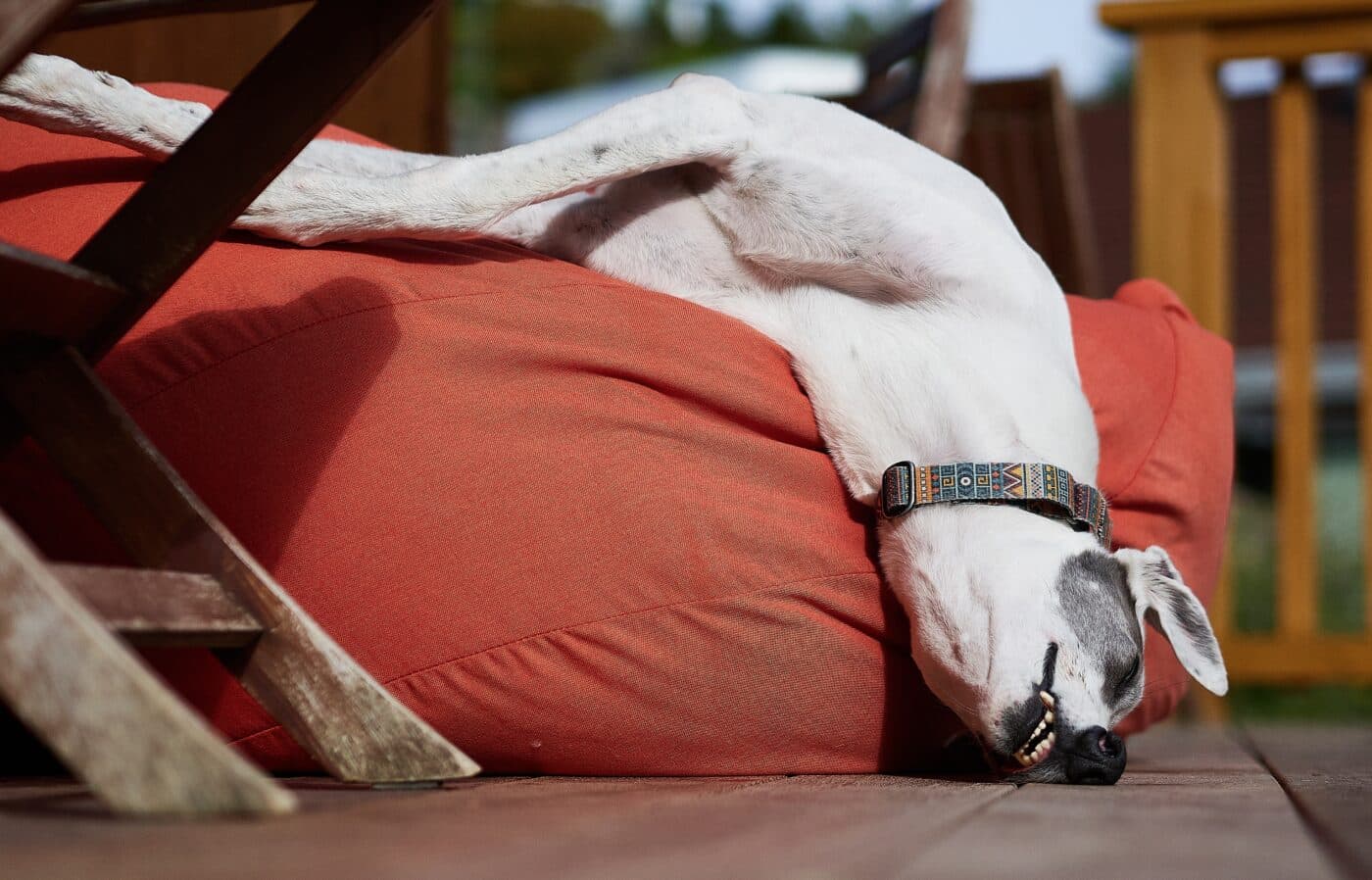 Shutterstock
Shutterstock
If you’ve ever watched your dog fall asleep, you’ve probably seen them contort their body into a position that seems physically impossible. From twisting into a “donut” shape to sprawling out like a starfish, dogs sleep in a variety of strange positions. While it may look uncomfortable to us, these positions are perfectly natural for dogs. A curled-up position is often a sign that your dog is seeking warmth and security while sprawling out could indicate that they feel completely safe and relaxed. The way dogs sleep is influenced by their breed, age, and even their temperament. For example, smaller breeds may curl up more often as a protective measure, while larger breeds might stretch out to make the most of their space.
Dogs Dream Just Like Us
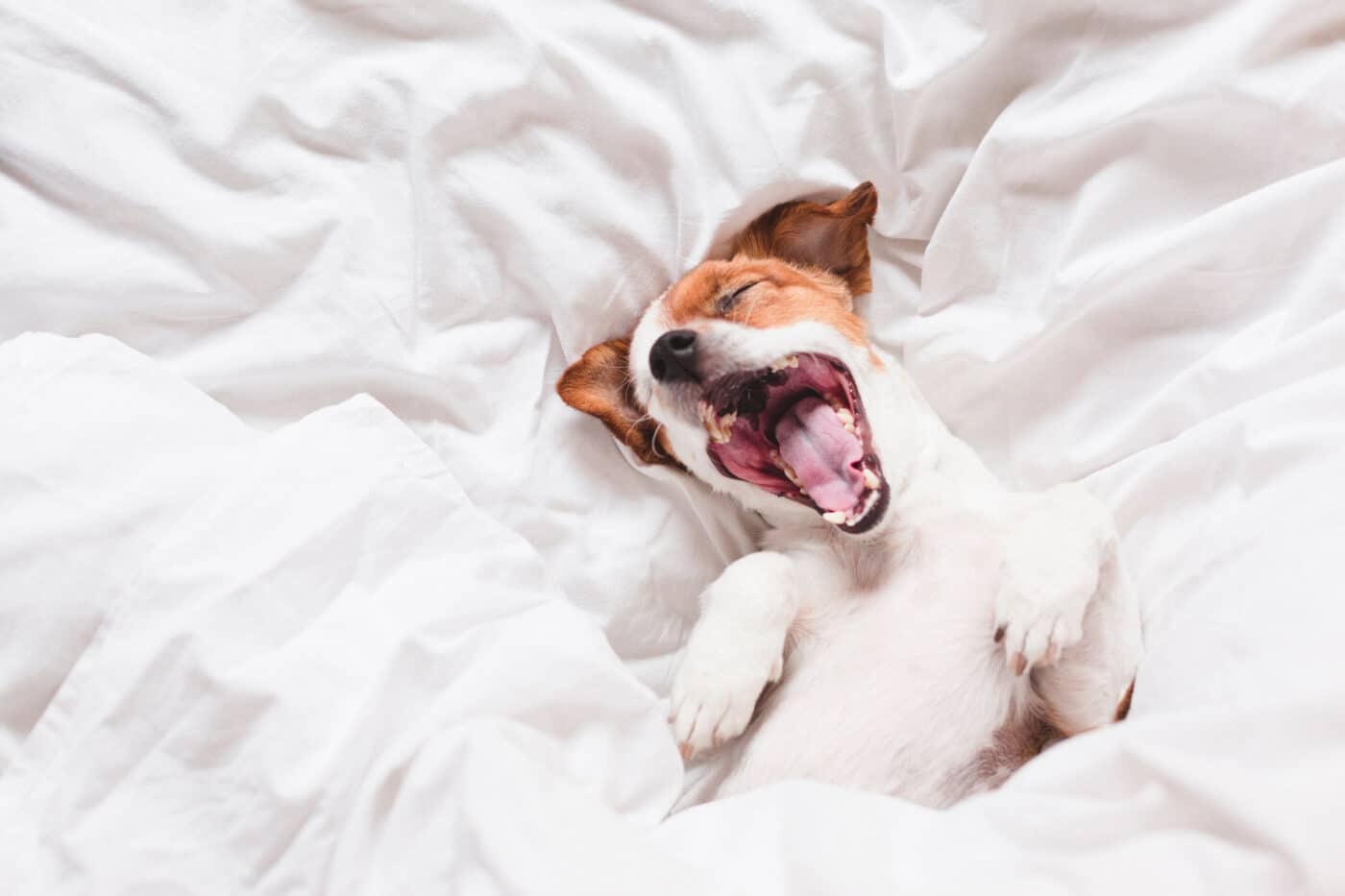 Shutterstock
Shutterstock
Have you ever seen your dog twitching or moving their legs while sleeping? That’s likely a sign that they’re dreaming. Dogs, like humans, experience REM (Rapid Eye Movement) sleep, which is when dreaming occurs. While we can’t know exactly what they’re dreaming about, it’s believed that dogs dream about things they experience in their waking lives, like running, playing, or chasing squirrels. Puppies and older dogs tend to dream more frequently than adults. Watching your dog’s paws or face twitch during sleep is both endearing and a little funny—kind of like seeing a human having a dream about chasing after pizza.
They Prefer to Sleep in Warm, Cozy Spots
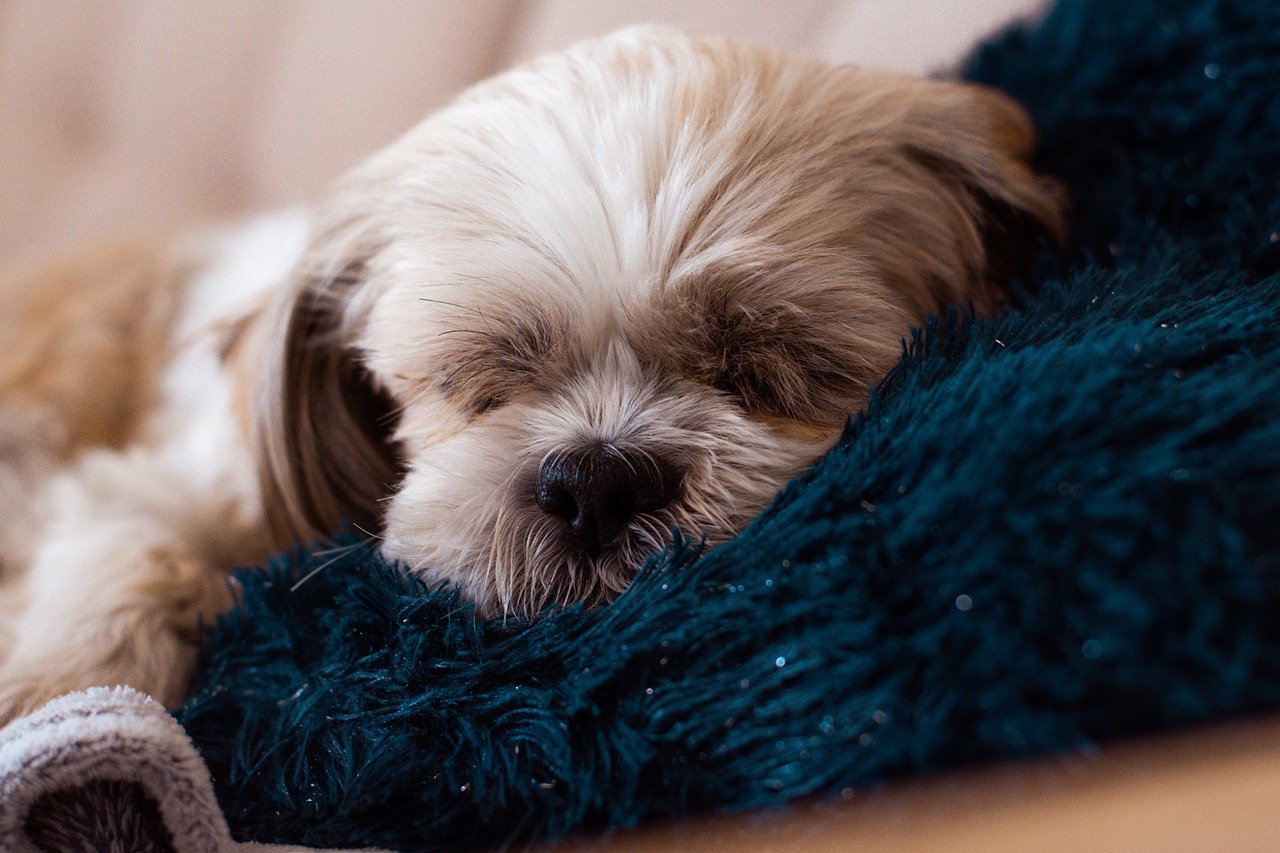 Shutterstock
Shutterstock
Dogs are notorious for seeking out the coziest and warmest places to sleep. Whether it’s a sunny spot by the window, a pile of laundry, or the perfect spot on the couch, dogs love to curl up in warm, comfortable spaces. This behavior is linked to their instincts. In the wild, dogs would seek out sheltered, warm areas to rest and protect themselves from the elements. Even domesticated dogs retain this tendency, and it’s not uncommon for them to choose the warmest area of the house to take a nap. If your dog regularly seeks out these cozy spots, it’s simply their way of staying comfortable and secure.
They Have a Sleeping “Routine”
 Shutterstock
Shutterstock
Dogs, much like humans, thrive on routine. While they may not have a set bedtime, many dogs establish a sleep routine based on their owners’ habits. If you’re the type of person who wakes up at 7 AM and goes to bed at 10 PM, your dog will often follow that schedule as well. They become accustomed to your daily rhythm and adapt their sleep schedule accordingly. This explains why dogs often seem to know when it’s time for bed or when it’s time for an early morning walk. Their internal clocks are surprisingly accurate!
Some Dogs Are “Cat Nap” Masters
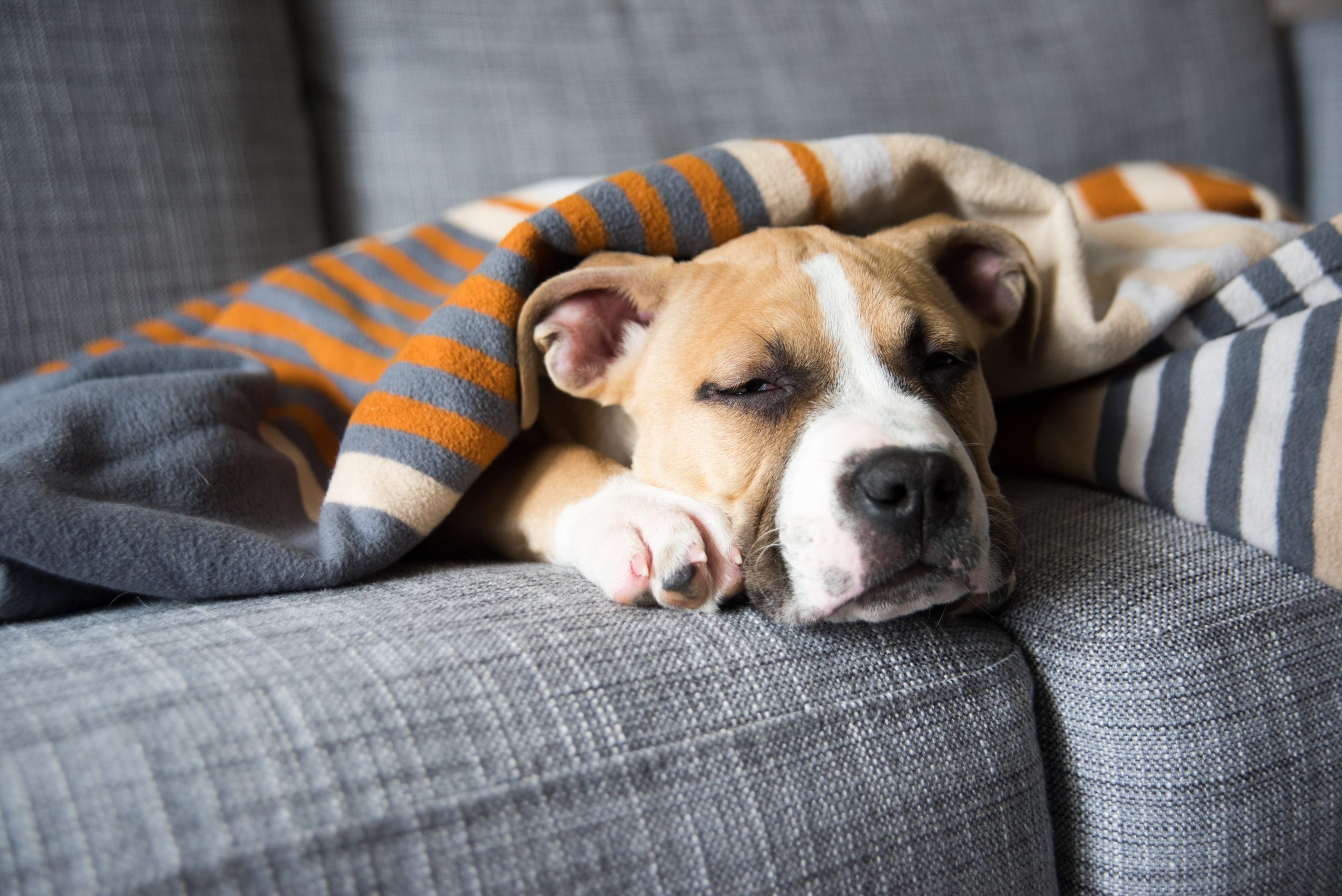 Shutterstock
Shutterstock
While dogs love their long snoozes, some breeds are more inclined to take frequent, short naps throughout the day, similar to cats. These “cat nap” dogs have a habit of sleeping in bursts, waking up for short periods of activity, and then going back to sleep. Breeds like Greyhounds and Bulldogs are known for their “cat nap” behavior, while smaller breeds are more likely to take these quick naps throughout the day. This habit helps dogs conserve energy for when they need it most—whether it’s for play, a walk, or guarding the house from imaginary threats.
Their Sleep Can Be Affected by Their Age
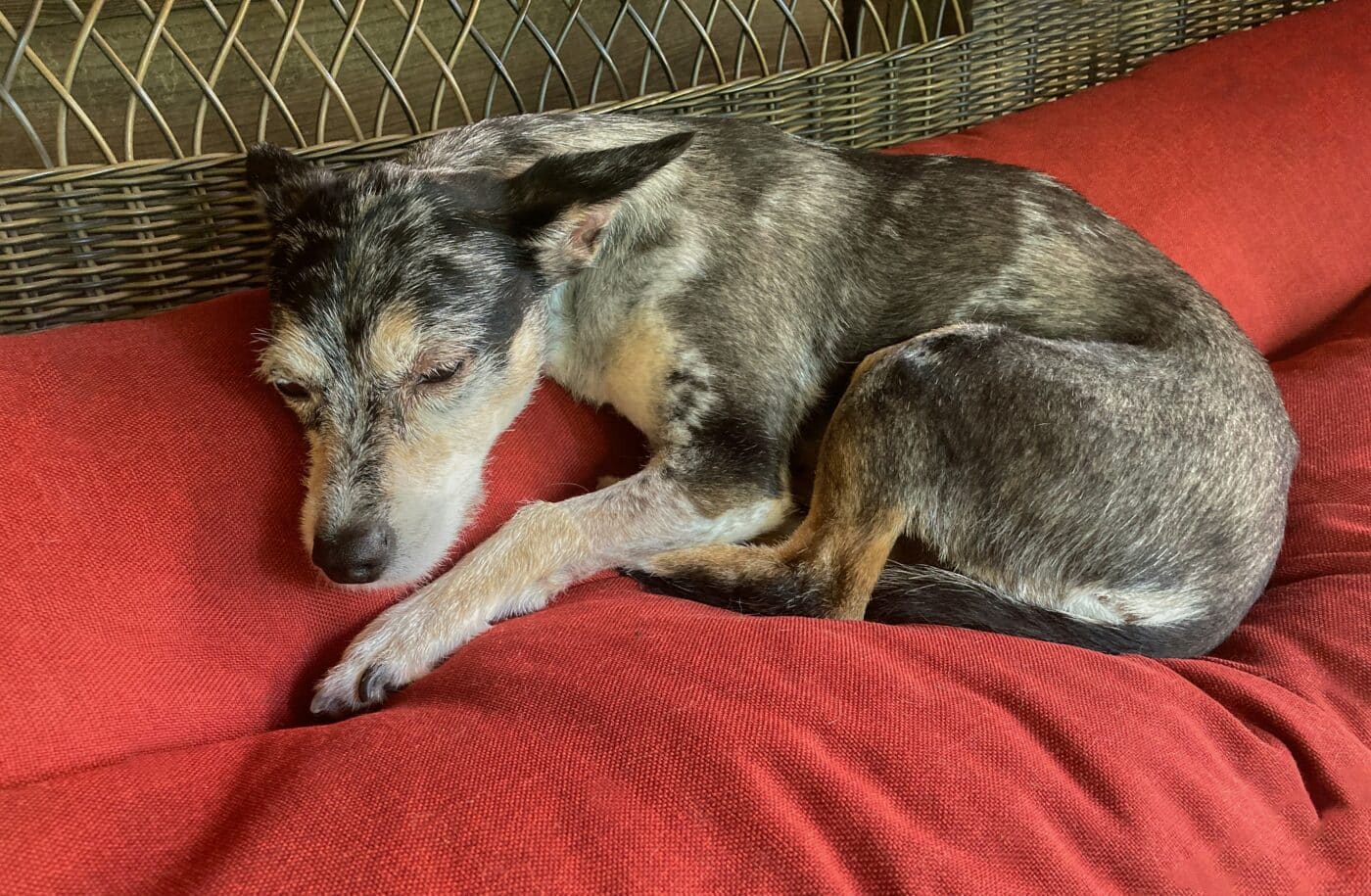 Shutterstock
Shutterstock
The amount and quality of sleep a dog needs can vary greatly with age. Puppies and older dogs tend to sleep more than adult dogs, which might seem surprising given their energy levels. Puppies, with their rapid growth and development, need more rest to process new information and grow physically. Senior dogs, on the other hand, may sleep more due to age-related fatigue or health issues. However, some older dogs may experience disrupted sleep patterns due to discomfort or illness, so it’s important to monitor your older dog’s sleep habits and ensure they’re getting the rest they need.
Dogs Are Light Sleepers
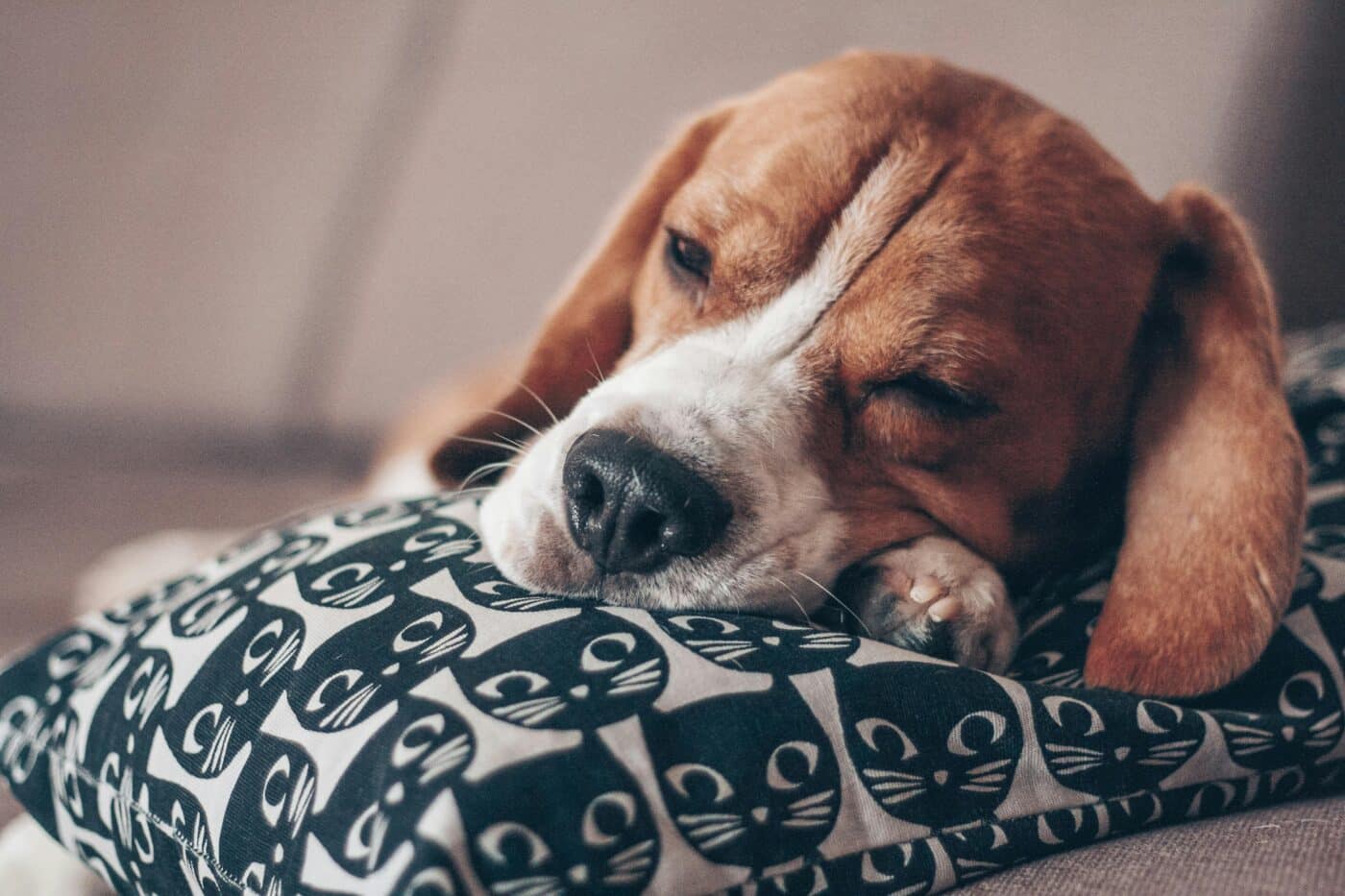 Shutterstock
Shutterstock
Even though dogs sleep a lot, they’re lighter sleepers than humans. This is because dogs remain semi-alert during their sleep, which is a natural survival instinct. While they may appear to be in deep slumber, dogs are always partially aware of their surroundings. If they hear a noise or sense movement, they can quickly spring into action, ready to protect their territory or respond to a potential threat. This is why dogs often wake up at the slightest sound or movement. It’s also why your dog might wake up every time you shift in bed.
They Sleep Best with You Around
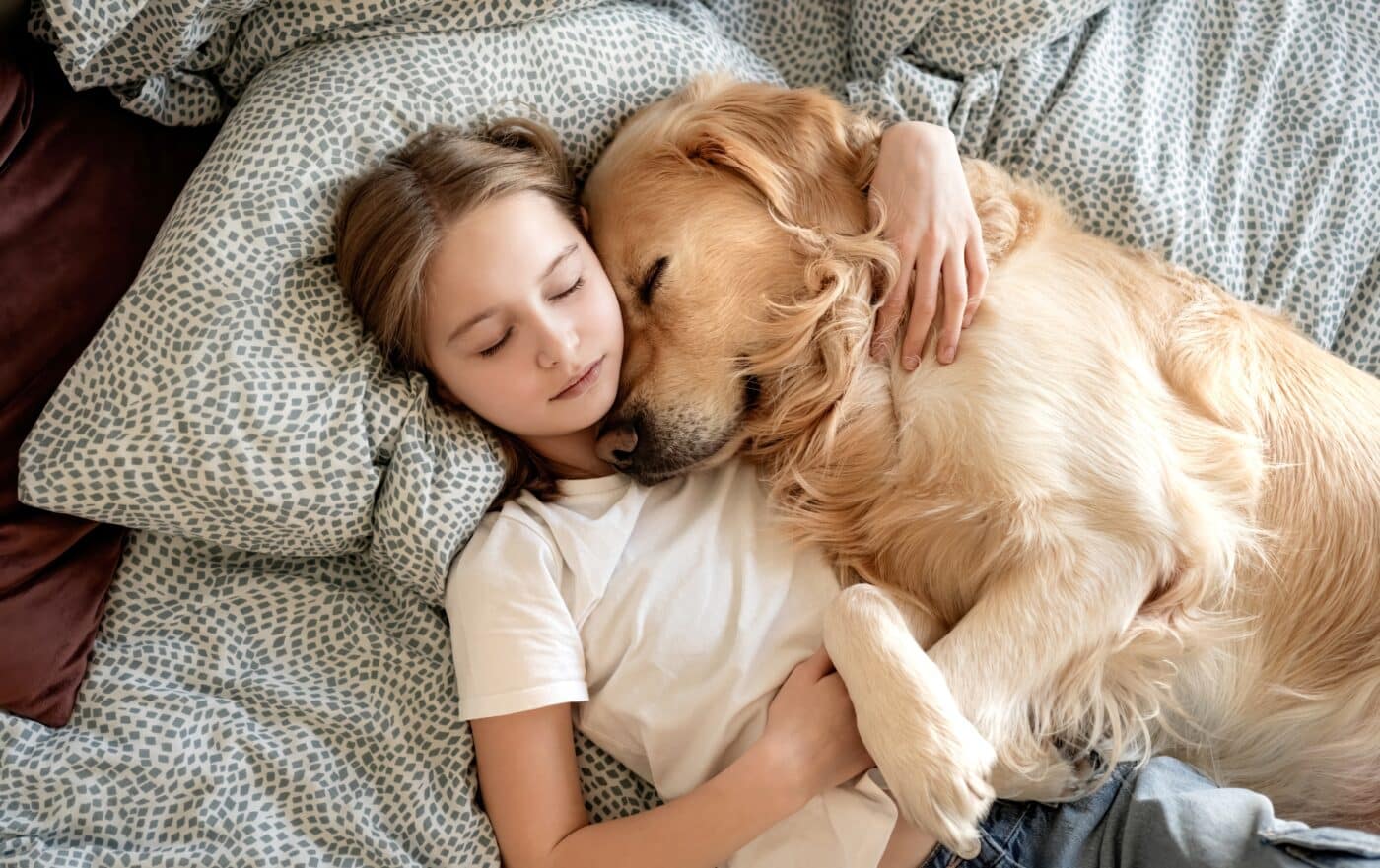 Shutterstock
Shutterstock
Dogs are social creatures, and they tend to sleep best when their pack—meaning their human family—is around. If your dog seems restless when you leave the house or tries to curl up next to you in bed, it’s because they feel safest when you’re nearby. In the wild, dogs would sleep in groups to stay protected, and this instinct is still strong in domesticated dogs. If you have a dog that always follows you to bed or curls up next to you, it’s a sign that they love your company and feel safe in your presence.
Dogs Can “Hibernate” During Winter
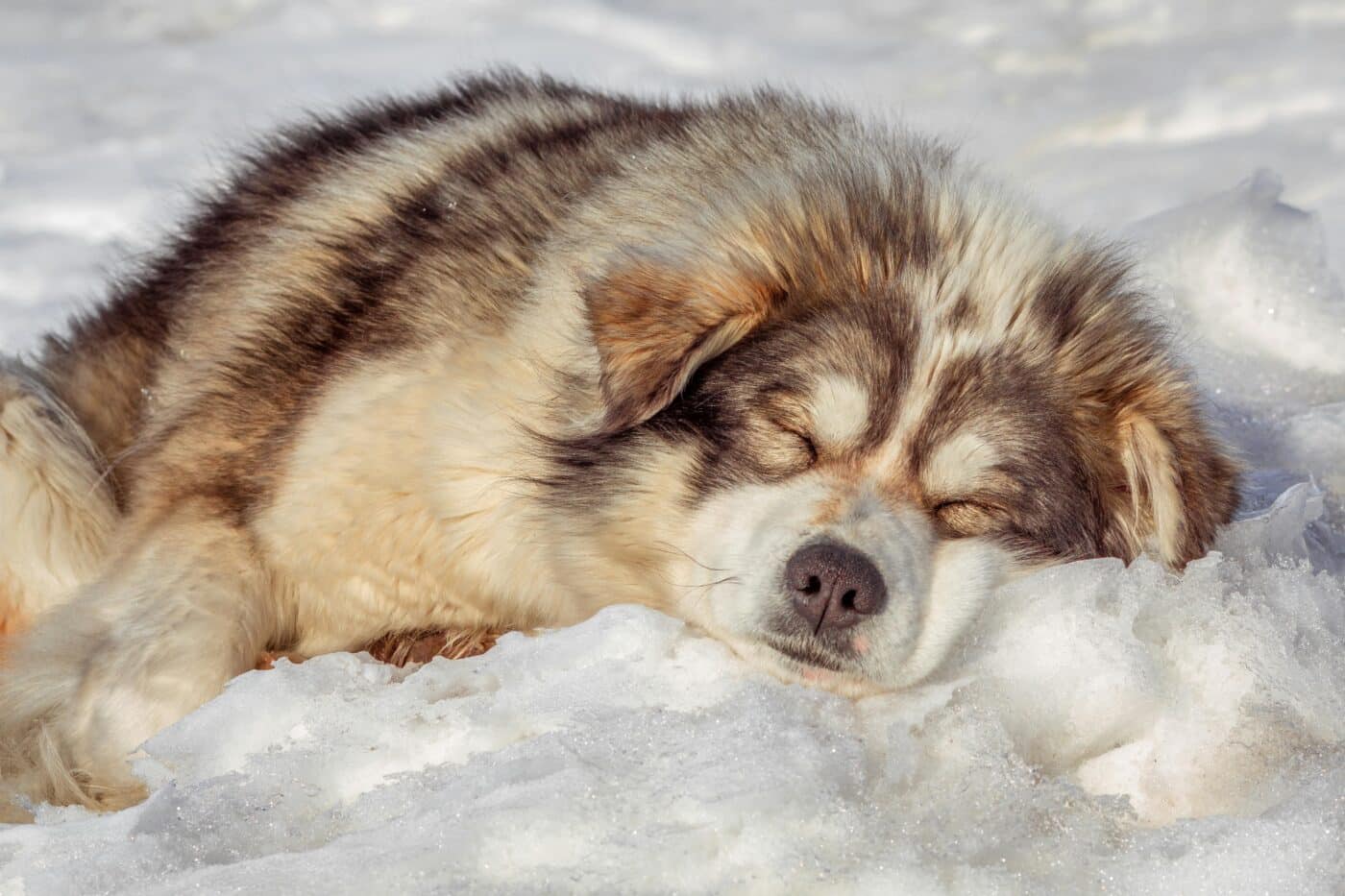 Shutterstock
Shutterstock
During the colder months, some dogs seem to sleep even more than usual. This is especially true for certain breeds with thick coats, such as Huskies and Saint Bernards. While it’s not technically hibernation, these dogs may enter a period of more intense rest during the winter months, similar to how some animals in the wild become less active during colder seasons. This behavior helps them conserve energy when the weather is less favorable for long walks or playtime. It’s not uncommon for a dog to sleep longer and more deeply during the winter, and it can be their way of adjusting to the seasonal change in temperature.
They Will “Guard” Their Sleeping Area
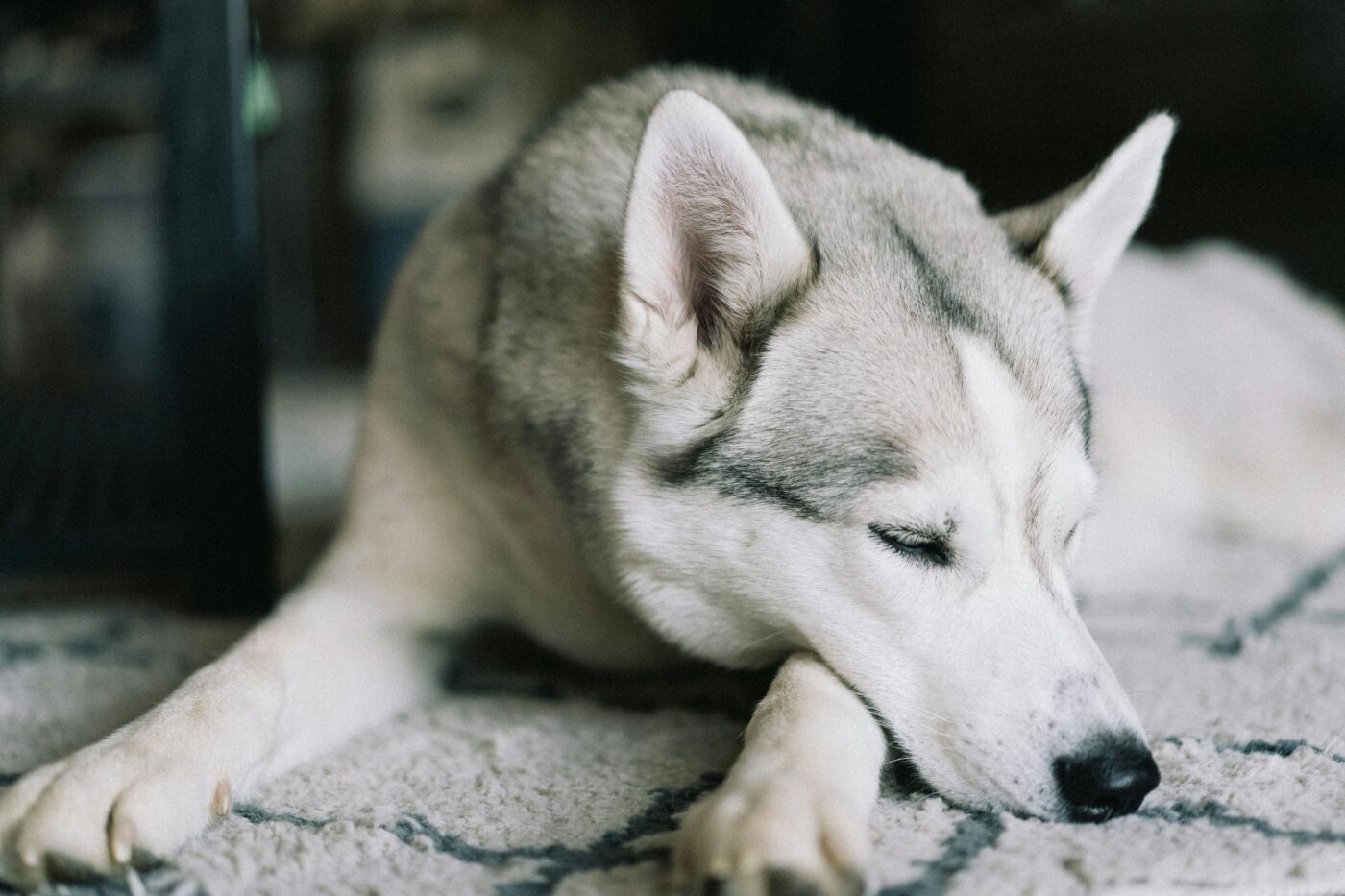 Shutterstock
Shutterstock
Many dogs, especially those with protective instincts, will “guard” their sleeping spots. Whether it’s your bed, their dog bed, or a favorite blanket, dogs often choose to sleep in spaces they consider their territory and will stay alert to protect it. This can manifest as occasional waking, growling at perceived threats, or simply maintaining a territorial position. Some dogs may also act as “sleeping sentinels” by positioning themselves between their owner and any potential danger. This is an instinctual behavior from their wild ancestors, who had to protect their resting place from intruders or predators.
The Snooze Button Doesn’t Exist In Dog World
 Shutterstock
Shutterstock
Dogs are undeniably the champions of naps. They can sleep through almost anything, from thunderstorms to the vacuum cleaner, and yet manage to wake up fully energized in the blink of an eye. Their sleep habits are unique, adaptable, and full of surprises. And despite all their quirks, one thing is clear: when it comes to naps, your dog is always a step ahead. So, next time your dog is snoring away, just remember: they’re living the dream—literally and figuratively!
 Toledo, United States.
Toledo, United States.